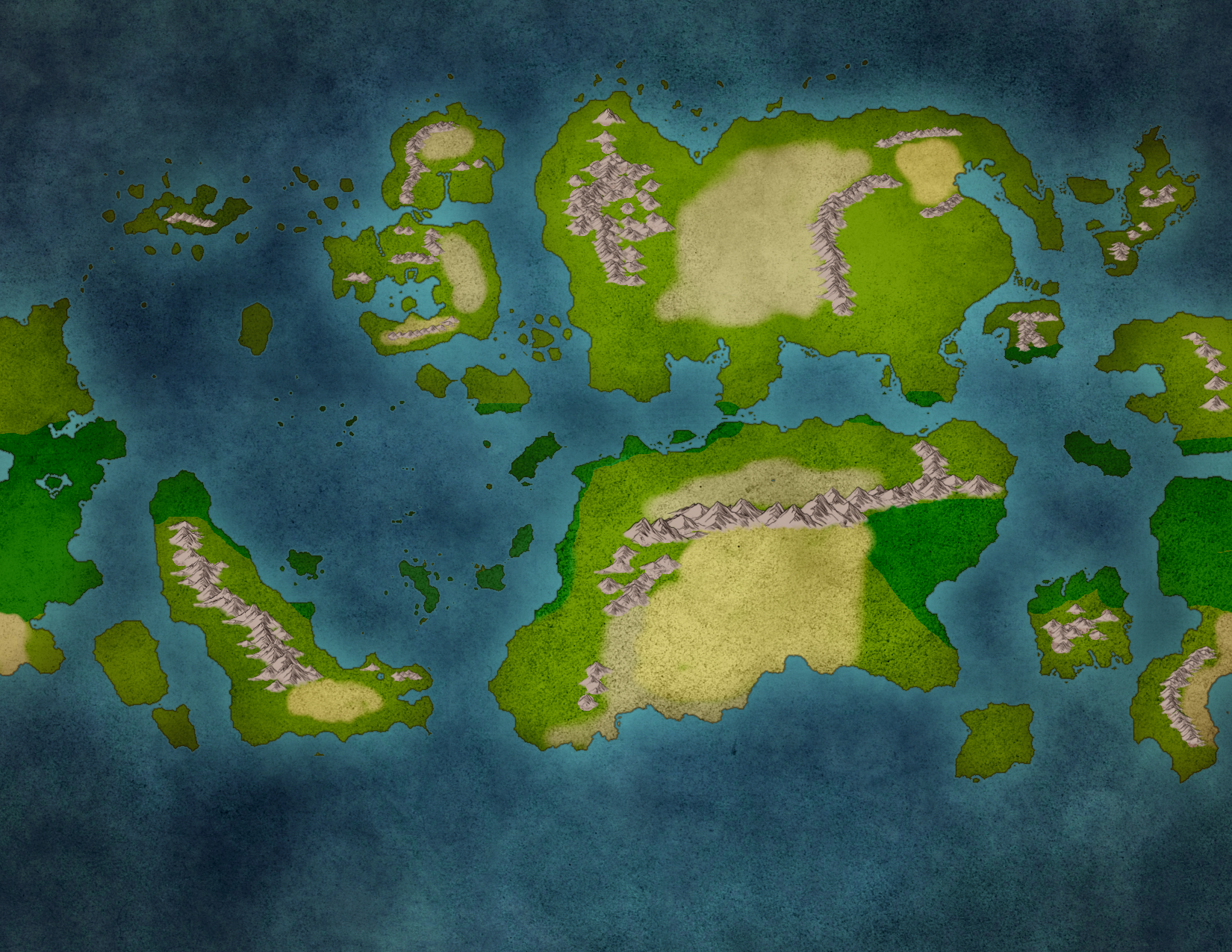
The Sthrycyd Campaign
Military action
A great conflict preceding the first World wars, it involved much of Western Kolaskyva and northwestern Fripperland. The causes are generally attributed to anti-Atelian sentiment and the growth of nationalist ideologies within Rutheinia.
The Sthyrcyd campaign, also known as the Rutheinian Unification War, or the Western Revolt, was a military conflict fought throughout the 1780's* that served as a precursor for the first great war. Its outbreak was caused by a series of pan-nationalist uprisings inspired by that of Loikash Vslachkon in Rolinthia against the former client monarchy. Fueled by an uprising in anti-Atelian sentiment and the growth of nationalist ideology in region that had long felt the consequences of decline. The revolutionary vanguard of the Rutheinka party under Vslachkon was quick to appeal to foreign aid by way of the Fripper Union Company, also known as the Channel Confederacy, an alliance of northern Fripper states that had grouped up to counter overwhelming Atelian influence. Confederate supplies and arms reached Rolinthian shores and before long the well-supplied and inspired revolutionary forces overran the militia forces of their neighboring states. The only Rutheinian state not embroiled in civil conflict was the Karbass Princely Union which had a degree of stability and prosperity not seen in the more western territories. Princely Protector Anastasius Reshvka was a steadfast defender of his realm, and nationalist instigators found themselves quickly imprisoned at the infamous Kara Skagdal in the boiling bay. Others who went into open revolt were systematically destroyed by the mobilized Karbassian Army. Realizing that the situation had grown dire, Atelian emperor Skhalrong Zhrekhul gave command for the intervention of the Imperial military into Rolinthia beginning the Sthrycyd campaign proper. Shortly after, the mobilized Karbassian army marched into the destabilized Stinius, deposing the incompetent Duke that had let his country fall to rebels. Now committed to the war, the royal army continued on with the goal of seizing Palboro and Pazan. This heavy-handed intervention, especially in a time when the Atelian empire was in a period of difficulties in maintaining sea lanes and contact with the colonial possessions because of the advent of piracy at the eastern mouth, meant that regional powers saw an opportunity to fight a war against the Atelians and deliver a crucial blow. Thus the supplies and financial assistance of the Channel Confederacy advanced into a large scale military expedition to land in Rutheinia. These northern Fripper forces were assisted by troops and naval forces of the Asomian empire, and a series of volunteer brigades from Ethanga. The course of the war would be long and bloody, and end in a costly pyrrhic victory for the Rutheinian revolutionaries and their overseas allies. Rutheinia would indeed be established as a single united republic, but the native Bshkqan lands remained under Atelians rule, and in the east, Karbass asserted itself as a primary military power that maintained its sovereign independence gained co ownership of holy sites in Poznan and Palboro. The conflict was foreshadowing of future conflict, the inability of bringing the Atelian imperial possessions to bear demonstrated clear problems in the state's ability to maintain it, and animosity among the military elite of the nation that felt that the colonials did not share the weight of the blood price commanded in the southern fields. The Atelian and Karbassian navy realized that future success at sea would rely on defensive focused strategem, and much of Rutheinia was scarred and heavily fortified. Notably the particular bloodshed of the Ssskathic forces brought to bear in the rape of Palboro and onslaughts across the countryside produced a great enmity between the two people in the modern age, and the brutality of the Karbassian army became legendary with their mass use of the new technology known as 'chemical weapons' against rebel and Confederate troops. The war resulted in a surge of technological progress in general, it was the first major conflict where trenches were developed, non bolt-action rifles saw use in the field, modern industrial trains proved vital, and the earliest machine guns forced new ways of battlefield positioning. Alongside of course the revolutionary first flight of aircraft as invented by great Attinian engineer Agaius Kozlan, and the appearance of the first battle wagon in the form of the Karbassian army Corvette used to roll over Vilushoian entrenched positions late in the war, generally viewed as an especially devastating source of pressure on the Rutheinian rebel forces to come to a peace arrangement. *This is on the Atelian calendar.
